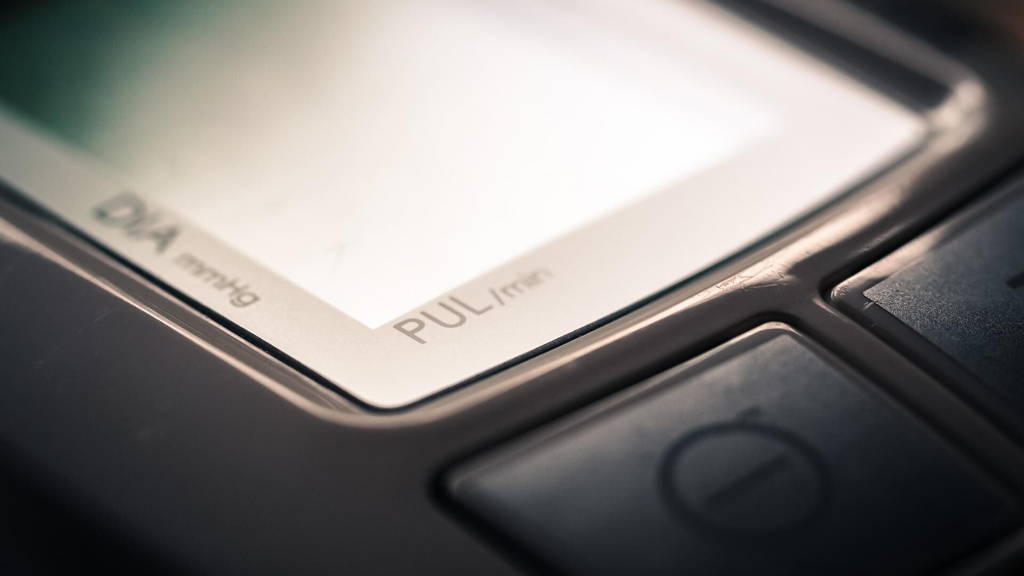Impact of remote patient monitoring on clinical outcomes: an updated meta-analysis of randomized controlled trials.
This analysis was on 27 randomized clinical trials (RCTs) from 1/2000 - 3/2016, with most evaluating chronic conditions like heart disease, COPD and rehabilitation. The analysis was looking for clinical outcomes and what interventions led to these outcomes; it also noted some challenge to the patients in setup but overall satisfaction. There was variation in the length of the studies (7 days to 29 months).
Most studies did provide feedback on the data to both patients and providers. For most of the studies there was no significant difference from the control group for outcomes like BMI, weight, waist circumference and blood pressure. Findings showed that "interventions based on validated health behavior models, care pathways, and tailored coaching were the most successful." The authors recommend analyzing sub-populations in future studies and note that heterogeneity in study design and the variety of RPM devices makes it difficult to establish an evidence base. Future studies should include a large enough cohort to power the analysis, long enough follow up to demonstrate durability of change, and better blinding.
My conclusion: Future studies should be carefully designed using behavior change models and based on studies of validated wearables. (e.g., utilize the Continua Design Guidelines; Fitbit is being used in over 400 studies)
Evaluation Criteria of Noninvasive Telemonitoring for Patients With Heart Failure: A Systematic Review
Evaluation Criteria of Noninvasive Telemonitoring for Patients With Heart Failure: Systematic Review
This review of 128 articles dating back to 1990 is more focused on a specific technology in a specific disease (this timeline a problem since the technology is changing so quickly). The authors looked at 52 criteria and classified these into six dimensions: clinical, economic, user perspective, educational, organizational and technical. These categories are helpful in deciding how wide a scope of outcomes can be included in a single study. Clinical and economic impacts were the most common dimensions measured in these studies. Also significant is the concept of non-invasive telemonitoring which included items like weight scales, blood pressure measurement and symptom recording which can be passive or in other cases require active recording by the patient.
My conclusion: While these dimensions and definitions are helpful in study design, the use of telemonitoring in the context of a comprehensive care program, such as in population health or the Medical Home may demonstrate more real world results which can be scaled to broader populations.
Comparative Effectiveness of Implementation Strategies for Blood Pressure Control in Hypertensive Patients: A Systematic Review and Meta-analysis
This review looked at three implementation categories: patient level, provider level and multilevel. They looked randomized controlled studies with at least a six month follow up. Focusing in on the patient level, the authors looked at health coaching and home blood pressure monitoring. They noted that most studies had small sample sizes which limited their statistical power to measure outcomes. The results of this analysis showed that patient health coaching and home BP monitoring were effective, as were team-based strategies with medication titration (including pharmacist-led and nursing-led teams, the latter included coaching). More studies are in the pipeline. Scaling the successful interventions and studying the durability of these programs long term are the next challenge.
My conclusion: Home blood pressure monitoring combined with coaching provided by medical teams is effective in reducing blood pressure and should be implemented more broadly especially in population health programs and medical homes.
For more information on evidence in personal connected health, check out our paper: Personal Connected Health: The State of the Evidence and a Call to Action, attend our Innovation Leaders Program at HIMSS18, and review the resources from our partner, NODE Health (Network of Digital Evidence).
This analysis was on 27 randomized clinical trials (RCTs) from 1/2000 - 3/2016, with most evaluating chronic conditions like heart disease, COPD and rehabilitation. The analysis was looking for clinical outcomes and what interventions led to these outcomes; it also noted some challenge to the patients in setup but overall satisfaction. There was variation in the length of the studies (7 days to 29 months).
Most studies did provide feedback on the data to both patients and providers. For most of the studies there was no significant difference from the control group for outcomes like BMI, weight, waist circumference and blood pressure. Findings showed that "interventions based on validated health behavior models, care pathways, and tailored coaching were the most successful." The authors recommend analyzing sub-populations in future studies and note that heterogeneity in study design and the variety of RPM devices makes it difficult to establish an evidence base. Future studies should include a large enough cohort to power the analysis, long enough follow up to demonstrate durability of change, and better blinding.
My conclusion: Future studies should be carefully designed using behavior change models and based on studies of validated wearables. (e.g., utilize the Continua Design Guidelines; Fitbit is being used in over 400 studies)
Evaluation Criteria of Noninvasive Telemonitoring for Patients With Heart Failure: A Systematic Review
Evaluation Criteria of Noninvasive Telemonitoring for Patients With Heart Failure: Systematic Review
This review of 128 articles dating back to 1990 is more focused on a specific technology in a specific disease (this timeline a problem since the technology is changing so quickly). The authors looked at 52 criteria and classified these into six dimensions: clinical, economic, user perspective, educational, organizational and technical. These categories are helpful in deciding how wide a scope of outcomes can be included in a single study. Clinical and economic impacts were the most common dimensions measured in these studies. Also significant is the concept of non-invasive telemonitoring which included items like weight scales, blood pressure measurement and symptom recording which can be passive or in other cases require active recording by the patient.
My conclusion: While these dimensions and definitions are helpful in study design, the use of telemonitoring in the context of a comprehensive care program, such as in population health or the Medical Home may demonstrate more real world results which can be scaled to broader populations.
Comparative Effectiveness of Implementation Strategies for Blood Pressure Control in Hypertensive Patients: A Systematic Review and Meta-analysis
This review looked at three implementation categories: patient level, provider level and multilevel. They looked randomized controlled studies with at least a six month follow up. Focusing in on the patient level, the authors looked at health coaching and home blood pressure monitoring. They noted that most studies had small sample sizes which limited their statistical power to measure outcomes. The results of this analysis showed that patient health coaching and home BP monitoring were effective, as were team-based strategies with medication titration (including pharmacist-led and nursing-led teams, the latter included coaching). More studies are in the pipeline. Scaling the successful interventions and studying the durability of these programs long term are the next challenge.
My conclusion: Home blood pressure monitoring combined with coaching provided by medical teams is effective in reducing blood pressure and should be implemented more broadly especially in population health programs and medical homes.
For more information on evidence in personal connected health, check out our paper: Personal Connected Health: The State of the Evidence and a Call to Action, attend our Innovation Leaders Program at HIMSS18, and review the resources from our partner, NODE Health (Network of Digital Evidence).






